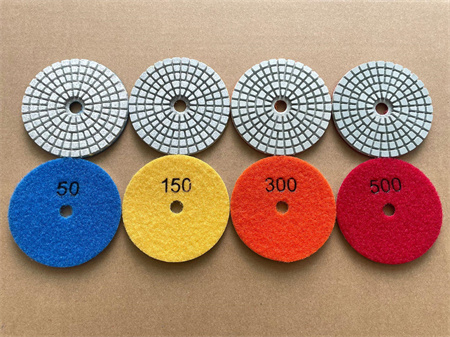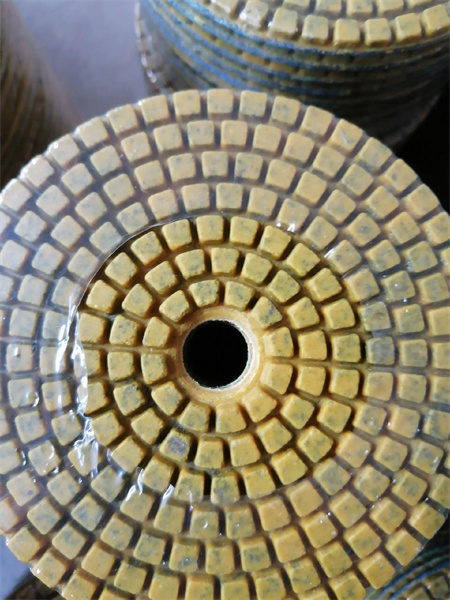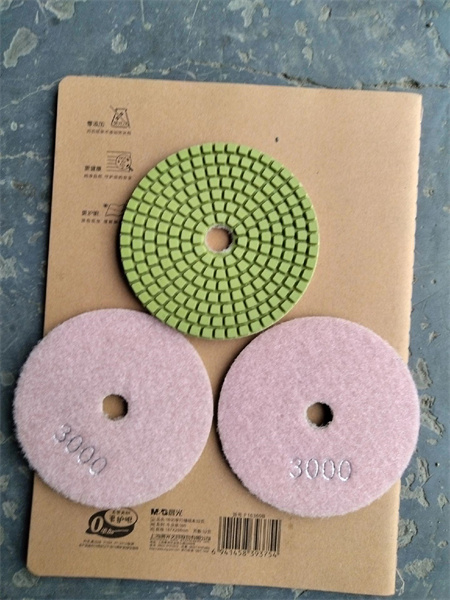Summer Stone Polishing Tips for Outdoor Projects
Summer is the perfect time to bring your outdoor stone projects to life. Whether you’re working on a stone pathway, garden sculptures, or a patio, polished stone can elevate the look of any landscape. Polishing stone outdoors presents its own set of challenges and rewards, but with a few simple tips, you can achieve a smooth, glossy finish that will shine under the summer sun.
First things first: not all stones are created equal, and the type of stone you’re working with will dictate the polishing process. Granite, marble, limestone, and sandstone each have their own characteristics, so understanding the stone type will guide your approach. Granite and marble, for instance, are much harder than limestone or sandstone, meaning they require a different set of tools and techniques.
If you’re dealing with a rough, uneven surface, you’ll need to start with the basics: a coarse grit diamond pad or a similar abrasive tool. These will help grind down the surface and remove any imperfections, chips, or deep scratches. With each pass, the stone’s texture will slowly begin to smooth out, and you’ll be able to see the natural beauty of the stone emerging.

When polishing stone outdoors, the summer weather can be both a blessing and a challenge. Heat can cause the stone to dry out quickly, so it’s essential to work in small sections, especially if you’re using water-based methods. Wet polishing not only reduces the amount of dust generated but also helps cool down the stone, preventing it from overheating and cracking. Make sure to keep the surface moist throughout the process, as dry polishing can lead to an uneven finish and may also damage your equipment.
For outdoor projects, it’s not just the tools that matter. You’ll also want to be mindful of the environmental factors. Summer heat can make the stone expand, which might affect how it reacts to pressure or abrasives. It’s important to avoid working in direct sunlight during the hottest parts of the day. Instead, try to schedule your polishing tasks for the early morning or late afternoon when temperatures are more moderate. This will not only protect the stone but also make the process more comfortable for you.
Stone dust is another consideration. As you polish, you’ll generate a fair amount of dust, which can be harmful to your respiratory system. Always wear a dust mask and consider setting up a temporary screen or tarp around your workspace to contain the dust. It’s also a good idea to use a vacuum or wet cloth to clean up the dust regularly, which can also help maintain a cleaner work area.
To ensure a long-lasting, beautiful finish, don’t overlook the importance of sealing your polished stone once the job is complete. Outdoor stones are constantly exposed to the elements, and sealing helps protect them from moisture, stains, and weathering. There are many sealers available on the market, from high-gloss to matte finishes, so choose one that matches the look you’re aiming for. Applying the sealer in thin, even coats will help it penetrate the stone and create a protective barrier without disrupting the shine you’ve worked so hard to achieve.

Stone polishing is an art that requires both technique and patience. The key to success is consistency, whether you’re working with a small decorative piece or a larger outdoor feature. By understanding the type of stone you’re working with, using the right tools, and adjusting to the summer heat, you can achieve a professional-grade finish that will stand the test of time. With these tips in mind, your stone projects will look polished and pristine all summer long, bringing beauty and charm to your outdoor spaces for years to come.
